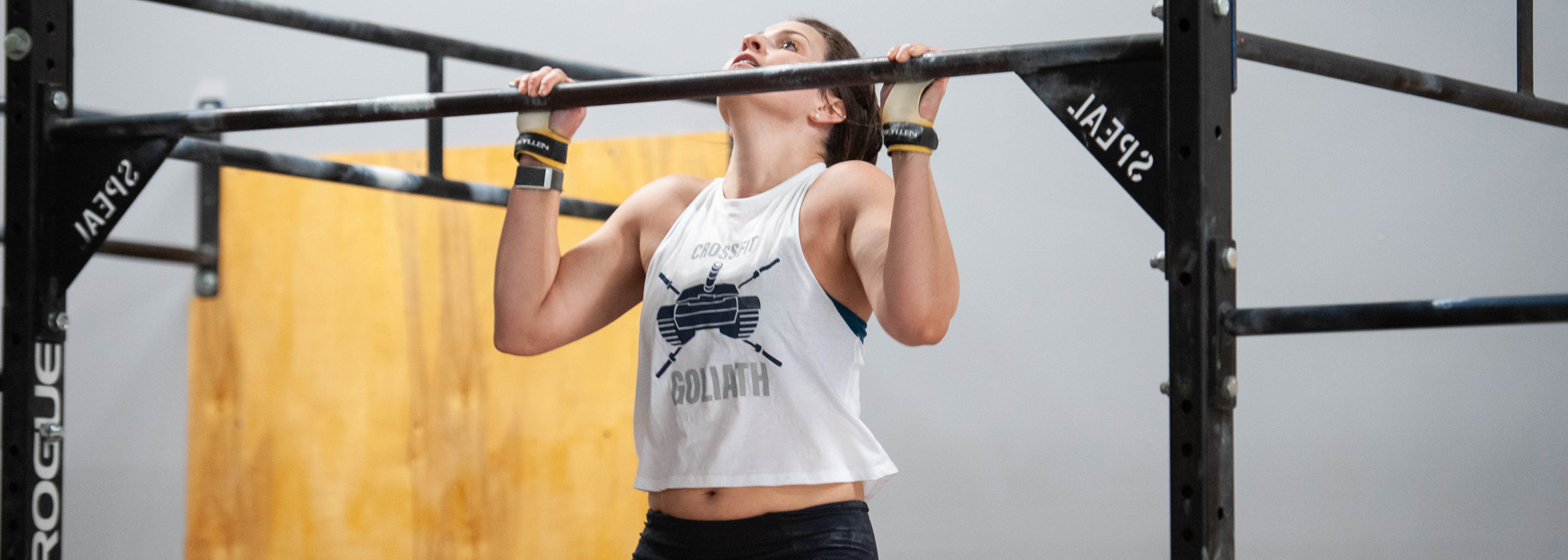
A study published in JAMA, for example, found that leg extensions-a single-joint machine exercise that functional trainers often dismiss as “non-functional”-performed three times a week for eight weeks nearly tripled muscular strength and increased walking speed by nearly 50 percent in a group of 90-year-old men.Īnother study from 2016 compared the effects of squats-a “functional” movement-with those of leg presses-a “non-functional” one-on tests of explosive power and balance. The reality is that most bodybuilding exercises can help someone build strength that translates over to real-life movements. As any bodybuilder will tell you, getting stage-ready is more about the work you do in the kitchen. In practice, however, the difference between training to look better and training to perform better is almost nonexistent. According to the National Eating Disorders Association, one major risk factor for anorexia nervosa is participation in a sport that emphasizes “appearance, weight requirements, or muscularity.” Bodybuilding is mentioned specifically.īy directing attention away from measures of appearance (weight, bodyfat percentage, physical measurements) and placing it on measures of performance like weight lifted and reps performed, functional training can relieve some of the pressure and judgment that bodybuilders-particularly female ones-may understandably feel in an activity that’s ultimately about how you look in posing trunks or a bikini. Training 12 Bodybuilding Concepts For Everyday Lifeīuild your body, mind, and community with these important concepts Read articleĪs a corrective to the charge that fitness culture can teeter on the edge of body-shaming, it’s a refreshing perspective. According to the American Council on Exercise, an organization that certifies personal trainers, “the primary goal of functional training is to transfer the improvements in strength…to enhancing the performance of another movement.” It’s not about how you look, it’s all about what you can do. As a side-effect, training functionally might improve the way you look-but that’s decidedly not the main focus. But there’s more to parse here, because functional trainers all seem to agree that, whatever else it might involve, their approach is not about appearance.

So we could end the discussion there and say that bodybuilding training is functional-end of story.
#Functional training free#
Nearly every musclehead worth their callouses performs variations on real-life moves like squats, lunges, deadlifts, and pullups nearly all of them train with stability balls and free weights and, if they’re smart, they tailor their workouts to help them address weaknesses and reach their specific goals. Smart bodybuilding training incorporates all these criteria. Some adherents will tell you it’s using exercises that resemble real-life movements others say it’s emphasizing free weights, stability balls, and compound movements still others will tell you it’s simply training a specific person for a specific goal. To answer that question, we first have to define what functional training is-and that can be a surprisingly thorny proposition.

But are they right? Is bodybuilding all show and no-go? Is it functional? Maddening, isn’t it? You spend years building a body you can be proud of, only to be told you’ve been doing it wrong all this time. Post a picture of yourself banging out leg extensions or lateral raises, and you’re likely as not to be deluged with comments along the lines of “That’s not functional,” or “LMK when you post a DL,” and “How’s that going to help you in the zombie apocalypse?” The term “ functional training” has become a controversial buzzword in bodybuilding circles.


 0 kommentar(er)
0 kommentar(er)
